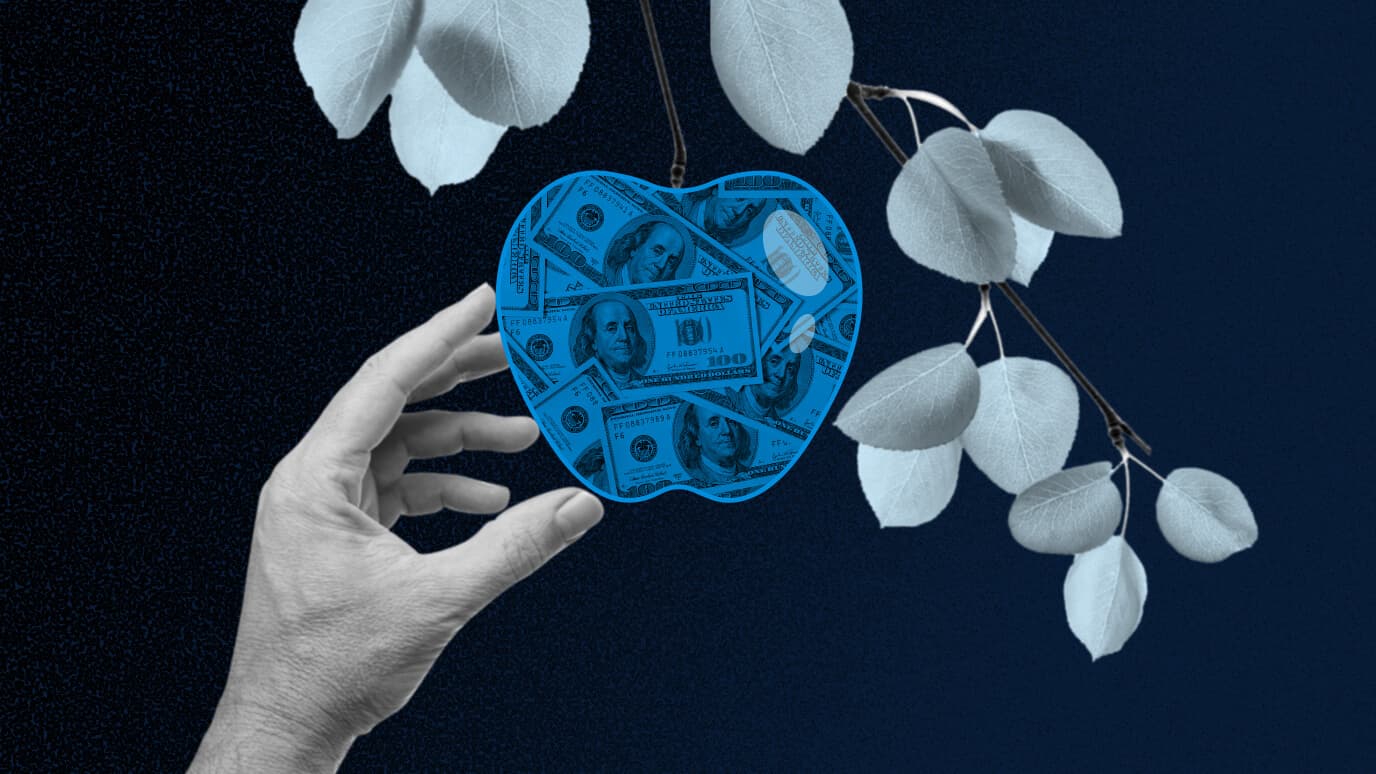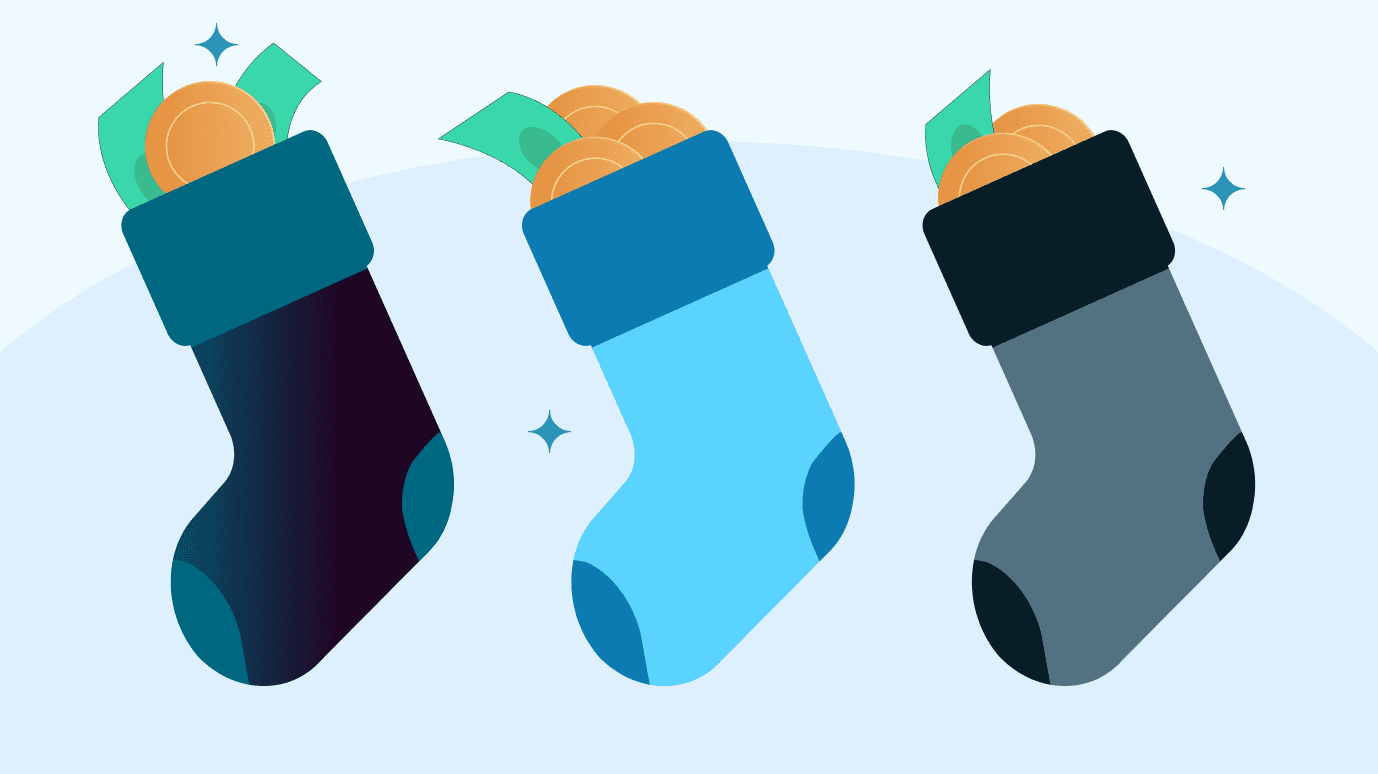Jul 06, 2023
What Is Dividend Yield?

What is dividend yield? Dividend yield is the percentage of a company’s stock price that it pays to stockholders in dividends each year. Expressed as a percentage, the dividend yield is a financial ratio calculated by dividing dividends by stock price. This percentage can help you measure how much income you may earn in dividends for every dollar you invest in a company. |
|---|
The dividend yield is one of the factors you can use to help you understand a company’s operations, revenue, profit, and losses. Many large and well-known public companies pay dividends; if you invest in these companies, the dividends you earn are part of the return on your investment. Understanding how dividend yield works can help you determine what dividend payouts you might expect and how they’ll affect the return on your investment.
How to calculate dividend yield
Many financial websites include a company’s dividend yield alongside other key stock information, but you can also calculate it yourself. The dividend yield can be calculated using data from the previous year’s financial report or by adding up the last four quarters of dividends if you want to capture more recent data. Simply divide the annual dividend per share by the stock price. Generally, 4% is considered a favorable dividend yield.
Dividend yield = (Annual dividend per share / Stock price per share) x 100
Remember that not all companies have the same dividend payout schedule. While some companies may pay once a year, others might pay quarterly or even monthly. If the company pays out dividends to shareholders more than once a year, simply multiply the dividend payout by the number of payouts in a year to get to the annual dividend per share. Here are examples for calculating the annual dividend for three different dividend payout schedules:
Company A pays $2 per share biannually: $2 x 2 = $4 annual dividend
Company B pays $1 per share each quarter: $1 x 4 = $4 annual dividend
Company C pays $0.50 per share each month: $0.50 x 12 = $6 annual dividend
Dividend yield example
Let’s use the imaginary company Acme Co. as an example to see how to calculate dividend yield.
If Acme pays an annual dividend of $1 and has a current stock price of $30 a share, its dividend yield would be 3.3%. The equation: ($1 / $30) x 100 = 3.3%
If Acme’s annual dividend remains at $1, but its share price goes up to $40, the dividend yield will decrease to 2.5%. The equation: ($1 / $40) x 100 = 2.5%
If Acme’s stock price falls to $20 because of rough financial times, but they continue to pay the same dividend of $1 per share, the dividend yield would increase to 5%. The equation: ($1 / $20) x 100 = 5%
Notice that when the stock price has fallen, the dividend yield has gone up, and vice versa. This is a good example of the value and the shortfalls of looking at dividend yield alone when considering investing in a company. You don’t want to consider this ratio in a vacuum, but instead in conjunction with the P/E ratio and stock price.
Factors affecting dividend yield
Dividend yields are impacted most powerfully by stock prices. As a company’s share prices rise, dividend yields fall, and vice versa, unless a company adjusts dividend payouts. The dividend yield is also impacted by industry trends, a company’s growth, and a company’s overall financial situation. It’s important to consider the broader company and market to get the full context you need to understand what a company’s dividend yield means for your investment choices.
Company’s dividend policy
A company’s dividend policy is how it structures its dividend payouts to shareholders. There are three types of dividend policies that help determine a company’s dividend amount, payout frequency, and associated factors.
Stable dividend policy: A stable dividend policy is a predictable dividend payout each year, regardless of the company’s earnings.
Constant dividend policy: With a constant dividend policy, a company pays a percentage of its earnings as dividends to shareholders each year. If earnings are up, investors get higher dividends; if earnings are down, they may not get any dividend income at all.
Residual dividend policy: A residual policy only pays out what dividends remain after a company pays for capital expenditures and working capital. This policy avoids debt to pay dividends, but it does not guarantee dividend income to shareholders.
The proportion of a company’s net income paid out as dividends is known as its dividend payout ratio; companies with a higher dividend payout ratio are likely to have a higher dividend yield. But the payout ratio can change over time; for example, if a company decides to invest a large portion of its earnings in an acquisition one year, it could reduce its payout ratio in order to maintain plenty of cash flow to fund the acquisition. You can look at a company’s dividend policies over time to get a sense of how frequently they tend to change.
Stock price fluctuations
Because the stock price is the denominator in the dividend yield equation, share price and dividend yield are inversely related. That means as the stock price rises, the dividend yield will drop.
In the above example, when Acme Co.’s stock price fell from $30 to $20 and the dividend per share stayed consistent at $1, the dividend yield went from 3.3% to 5%. If Acme’s stock price went up to $50 and the dividend was still $1, the dividend yield would drop to 2%. The equation: ($1 / $50) x 100 = 2%
This is why looking at a company’s dividend yield and stock price together provides a more complete picture. What originally looked like a strong or weak dividend yield might be heavily impacted by recent fluctuations in the stock price.
Economic conditions
Economic conditions that impact a company’s financial situation can significantly impact dividend yield. During difficult financial times, a company may halt its dividend distribution, or its share price may fall. Similarly, when interest rates are high, a company may need to boost dividends in order to maintain a consistent payout ratio. Inflation also impacts a company’s finances, possibly causing disruptions in their stock price or driving them to pause distributions entirely.
Industry and sector trends
In general, dividends are offered by mature companies that aren’t growing very quickly, and dividend yield can vary a lot by industry or sector. For example, non-cyclical consumer stocks such as consumer staples, energy, and utilities tend to pay higher yields on average. Other industries, like technology, can have some stand-out companies with high dividend yields, but tend to be more volatile, with lower average dividend yields.
Company performance and earnings
A high dividend yield may make a particular stock seem appealing, but it can actually be a positive or negative sign, depending on the context. The dividend yield is primarily driven by the two factors in the equation, stock price and dividend amount, and both factors are impacted by a company’s financial health. That’s why a high dividend yield may signal either financial health or problems for a company. For example:
If a company is struggling financially, stock prices can dip, driving dividend yield up
If a company is performing well financially, stock prices can go up, driving dividend yield down
If a company’s profits decline, it may pause or discontinue dividend payouts
If a company is performing exceptionally well, it may increase the dividend payout
Dividends are paid from a company’s profits, so consider its ability to generate those profits over time. You may want to look at things like cash flow, investment in growth, and the consistency or stability of their growth over the previous few years.
Dividend sustainability
In addition to a company’s current dividend yield, the history of its dividend payouts is a factor in how much return you might expect from your investment over time. Investors may perceive the dividend yield as less attractive if a company has an inconsistent or unreliable dividend history. Inconsistency can be due to either volatile stock prices or inconsistent dividend payouts. If you are seeking dividends as a dependable source of passive income, it is crucial to prioritize the sustainability of a company’s dividend payouts when making investment decisions.
Capital allocation decisions
A dividend usually originates from a company’s net profits. Companies that are reinvesting in their growth often don’t offer dividends because they’re putting their profits back into the company instead of into shareholders’ hands. And when a company that offers dividends is also reinvesting some profits into growth initiatives, expansions, or acquisitions, it will likely have less money available for dividend payments. This could result in reducing the dividend payout or pausing dividends entirely.
Tax considerations
Dividend income that you earn from stocks that aren’t in tax-advantaged accounts, like an IRA, is subject to taxes. Dividends are classified as either ordinary or qualified. Qualified dividends must meet special IRS requirements, and they’re taxed at a lower rate. Ordinary dividends are subject to regular income tax, which is often a higher rate than qualified dividends. When considering an investment, you’ll want to take into account how much tax you might pay on your earnings to get a realistic picture of the possible return after taxes.
Putting dividend yield to work for you
Buying stock in companies that pay dividends is one way an investor might go about generating income from their investments. If you invest in dividend-paying stocks, you’ll want to go beyond the answer to “What is dividend yield?” Generally speaking, between 2% and 6% is considered a good dividend yield, but many factors affect whether a stock is actually a reliable source of passive dividend income. Examining the history of the share price, dividend payouts, and company financial performance can give you a full picture of the income you might make from your investments.
If you’re ready to start investing in dividend-paying stocks, Stash makes it easy with options for fractional shares and dividend reinvestment programs that help you build wealth for the long term.

Investing made easy.
Start today with any dollar amount.
Related articles

investing
Dec 11, 2025
How to Invest through the Holidays—Without the Stress

investing
Oct 23, 2025
Why Millions Are Canceling Disney+ and Hulu and What It Means for Investors

investing
Aug 15, 2025
Money Insights

investing
Jul 07, 2025
How to start investing: a guide for beginners

investing
Jun 04, 2025
Growth Stocks to Invest in for 2025

investing
Jun 03, 2025
Sustainable Investing Stocks to go after in 2025
By using this website you agree to our Terms of Use and Privacy Policy. To begin investing on Stash, you must be approved from an account verification perspective and open a brokerage account.
